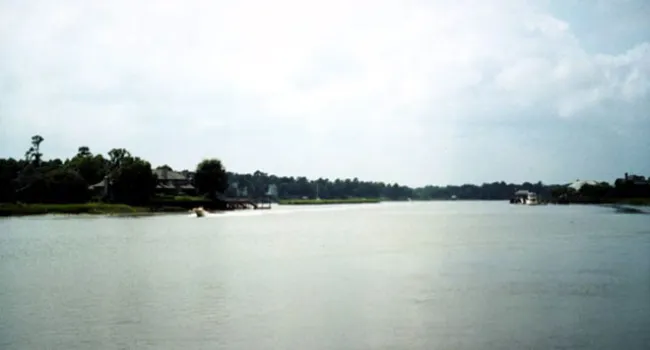
Photo
The Inland Waterway between the Stono and Ashley Rivers, 1950. The Atlantic IntraCoastal Waterway is another form of canal. Not one route but many, it stretches from Massachusetts in the north all the...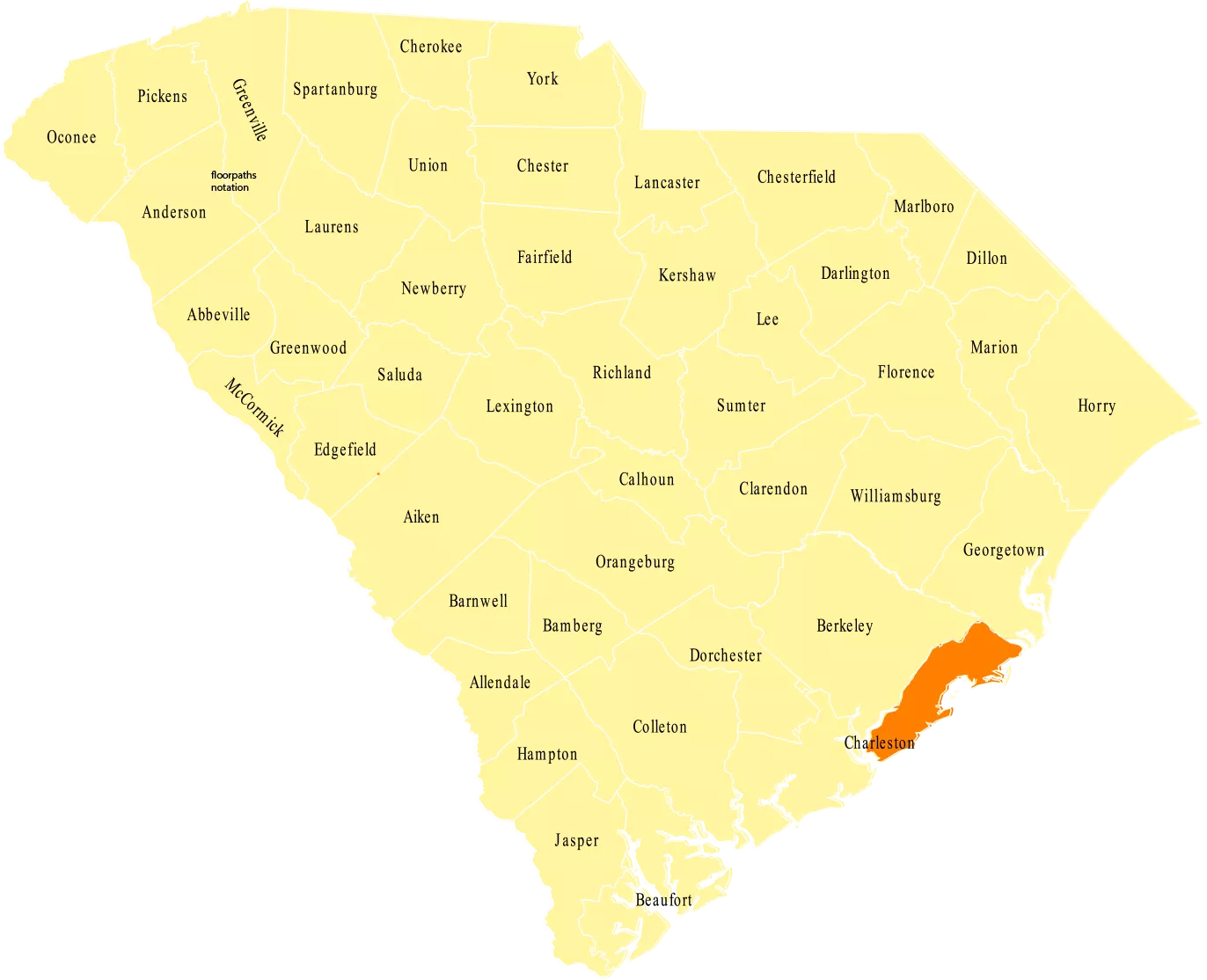
“Charleston County and the city of Charleston, its county seat, are the most historic locations in the state.” Situated in the Lowcountry, the county serves as a popular vacation destination but also relies on the business that results from its port. The area in general serves as a large cultural and economic hub for the state.
Charleston County was founded as Charleston District in 1769, and the district became smaller after some of its lands were used to create Colleton and Berkeley counties. The county and its seat were named after King Charles II.
The city and county are saturated with Revolutionary War and Civil War history. Three signers of the United States Constitution and two famous abolitionists resided in Charleston County, and the Civil War began when soldiers fired shots from the county’s Fort Sumter.

Photo
The Inland Waterway between the Stono and Ashley Rivers, 1950. The Atlantic IntraCoastal Waterway is another form of canal. Not one route but many, it stretches from Massachusetts in the north all the...
Photo
Shipping traffic moving in and out of the harbors along the Carolina coast depended upon a series of lighthouses to guide them through sometimes narrow and treacherous channels in the complicated...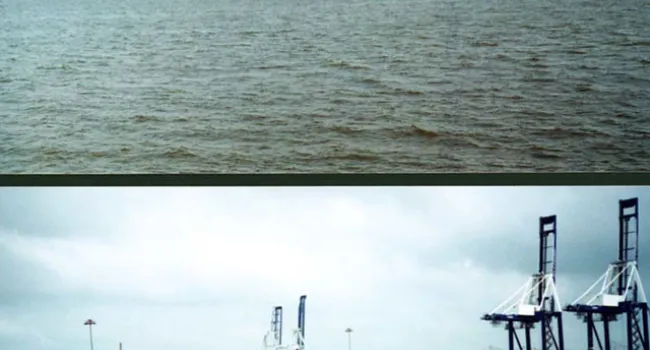
Photo
The downtown Cooper River docks in Charleston. Charleston's harbor fell into disrepair in the early 20th century after neglect by the railroads, which controlled the docks through the Terminal Company...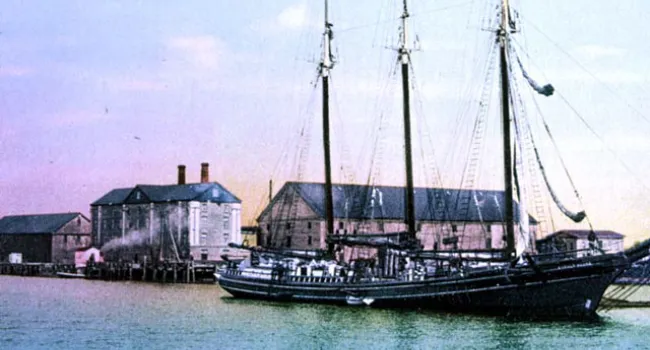
Photo
The West Point Rice Mills at Charleston's harbor boasted docks large enough to load and unload large vessels such as this three-masted schooner, "Warren Moore," pictured in 1907. The last rice cargo...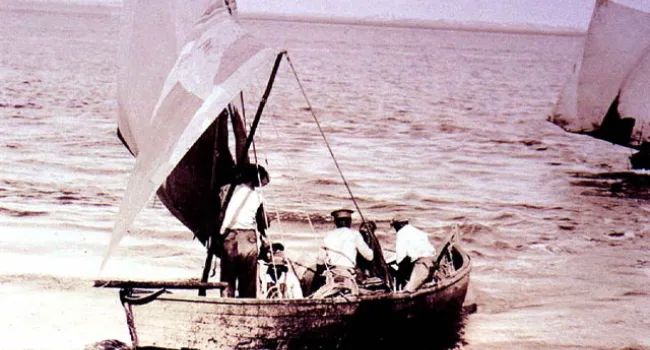
Photo
A small fleet of agile boats owned and operated by members of the African-American community in and around Charleston came to be known as the "Mosquito Fleet." They provided a number of essential...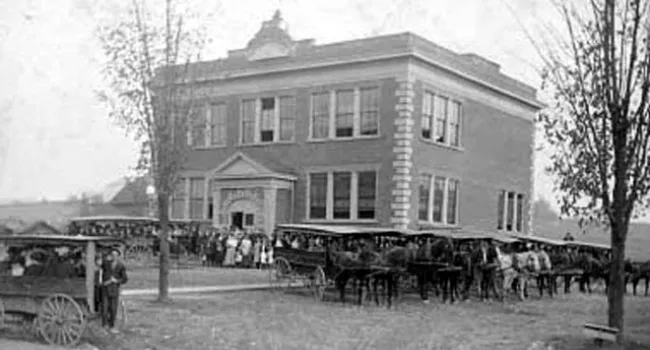
Photo
Students were transported to Charleston High School by horse-drawn busses in 1909. Courtesy of the South Caroliniana Library.
Photo
The development of the Isle of Palms was a cherished dream of Charleston Mayor John P. Grace. Almost single-handedly in the late 1920s, he persuaded Chicago investors that South Carolina could compete...
Photo
Folly Beach, close to Charleston, has always attracted large numbers of bathers, vacationers, and sun-seekers. The pier at Folly Beach is seen here in 1955. Courtesy of the South Caroliniana Library.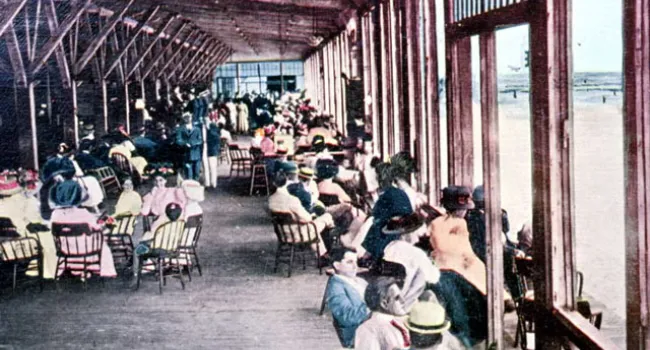
Photo
The hotel terrace at the Isle of Palms, 1911. Courtesy of the Howard G. Woody Postcard Collection.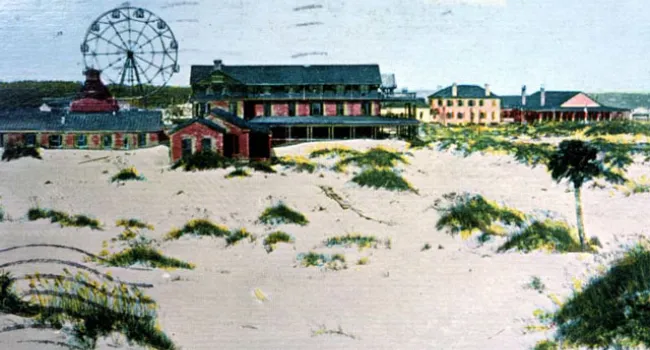
Photo
Although it did not draw crowds like those of today until after the widespread use of the automobile and the improvement of roads, the South Carolina coastal area has long been an important lure...